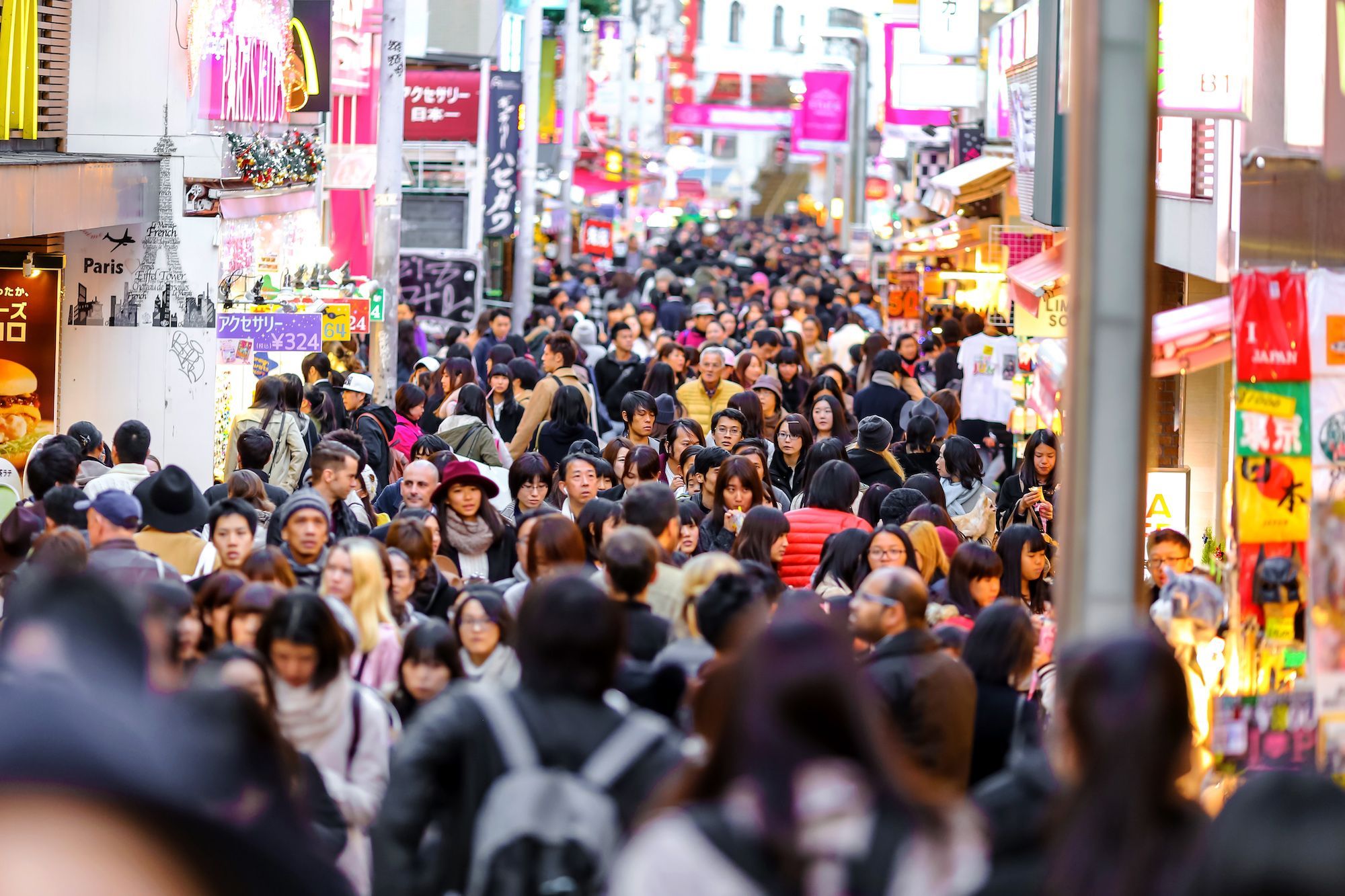Through urbanization, cities expand and a larger and larger share of the population moves to urban areas.
- Best Item For Swift Components In Swift, Swift Components
- Sims 3 Best Houses: The Sims 3 Best House To Buy, Choosing A House Or Plot Of Land
- Best Night Stalker Build – Night Stalker Dota 2 Hero Guides On Dotafire
- What Is The Best Talisman In Dark Souls 3 (Ranked), Best Talisman For 40
- Scooby_Dood’S Neopets Best Battledome Items ? Neopets Neopets Best Cheap Battledome Items
Crowded Tokyo Street
Tokyo, Japan, is a megacity because it is home to more than 40 million people. The enlargement of city limits is a side effect of urbanization.
Bạn đang xem: Which Of The Following Best Describes Urbanization, Leveraging Urbanization In South Asia
Xem thêm : The Reason For Amy Duncan And Tim Duncan Best Friend S, Humble, Hard
Picture by Pola Damonte, available courtesy of Getty Images

The human population has, on average, grown larger over time. As more people were born into the world, isolated groups of people found reasons to band together, and with the development of agriculture, these communities gradually became more permanent. Only a fraction of these early communities developed into the modern urban centers we know today. Changes in the structure of how work is organized frequently accompany this type of expansion.
A large portion of the world’s population has relocated to urban areas over the past few hundred years as a direct result of both population growth and the increasing industrialization of our economies. The term “urbanization” describes this development. However, even after the development of cities, the vast majority of people still chose to reside in rural areas and pursue their livelihoods there. The urban population explosion didn’t start until the advent of mass-scale industrialization in the late 1700s. About half of the world’s population now resides in urban areas. Opportunities for employment in manufacturing and the professional services, as well as better access to education and leisure activities, are major draws.
Xem thêm : The Best Restaurants In Noho, Nyc, The 10 Best Restaurants In Noho, New York
It’s common to talk about urbanization in the context of developing or newly industrialized nations, but every country that has ever been industrialized also had an urban period. Urban populations are growing rapidly in all parts of the world.
The rise of the megacity, defined as a city with more than 10 million inhabitants, can be seen as a result of this dramatic increase in urbanization. These days, however, there are urban areas with even more. Nearly 40 million people call Tokyo, Japan home. Urbanization also results in urban sprawl. One definition of “urban sprawl” is the spread of a city’s population out over an ever-widening area. As cities grow, they tend to absorb large swaths of land that were once used for farming due to the population shift from dense urban cores to less dense suburbs. As people move further away from their places of employment and entertainment, the demand for transportation infrastructure like roads rises as well.
In the 21st century, the world’s population is expected to keep rising. The population is increasing, and with it, urban areas. As we plan for the cities of the future, this constant expansion poses difficult challenges. Managing urbanization in the way we do now will have far-reaching effects on our planet.
Nguồn: https://directmarketingcenter.net
Danh mục: Best









